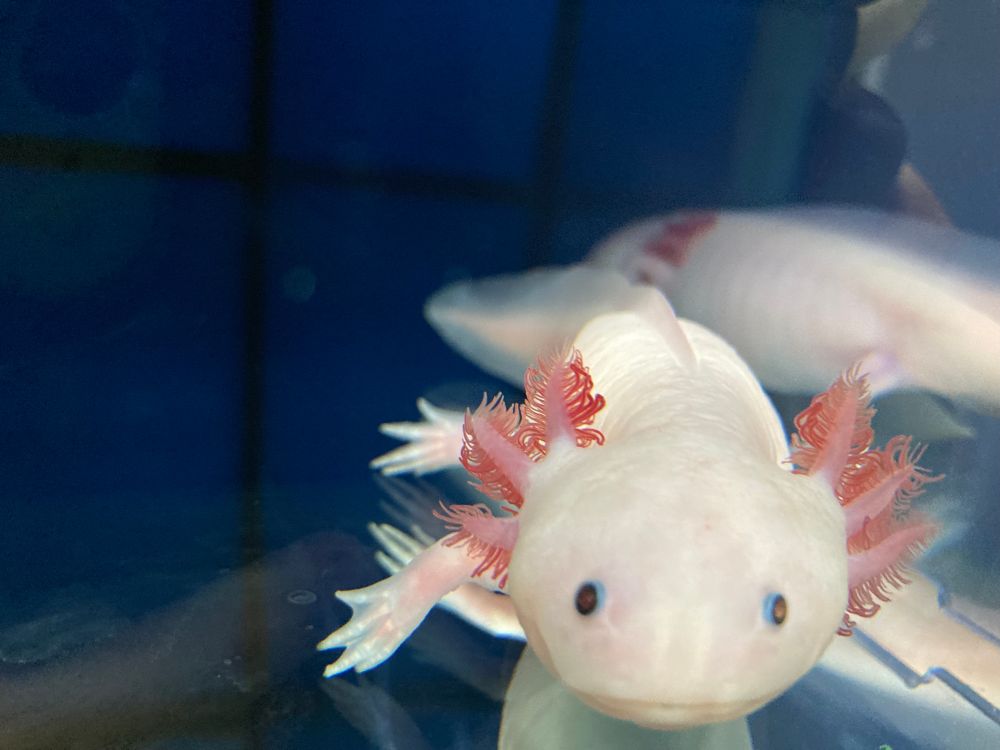
School of Biosciences, University of Nottingham
doi.org/10.1242/dev....
(8/10)

doi.org/10.1242/dev....
(8/10)
(7/10)

(7/10)
(6/10)

(6/10)
(4/10)

(4/10)
(2/10)

(2/10)
www.cell.com/iscience/ful...
(1/10)

www.cell.com/iscience/ful...
(1/10)
(11/n)

(11/n)
(10/n)

(10/n)
(9/n)

(9/n)
It’s open-source—feel free to use it!
🔗 doi.org/10.5281/zeno...
(8/n)

It’s open-source—feel free to use it!
🔗 doi.org/10.5281/zeno...
(8/n)
(7/n)

(7/n)
In our new paper, we trace the dynamics of positional memory, release open-source code to quantify it, and introduce a theoretical framework for proximalisation.
🧵👇
🔗 www.nature.com/articles/s41...
(1/n)

In our new paper, we trace the dynamics of positional memory, release open-source code to quantify it, and introduce a theoretical framework for proximalisation.
🧵👇
🔗 www.nature.com/articles/s41...
(1/n)

(7/8)

(7/8)
(6/8)

(6/8)
(4/8)

(4/8)


